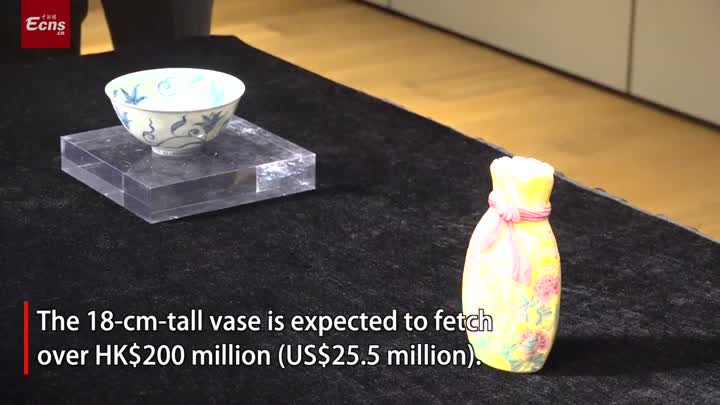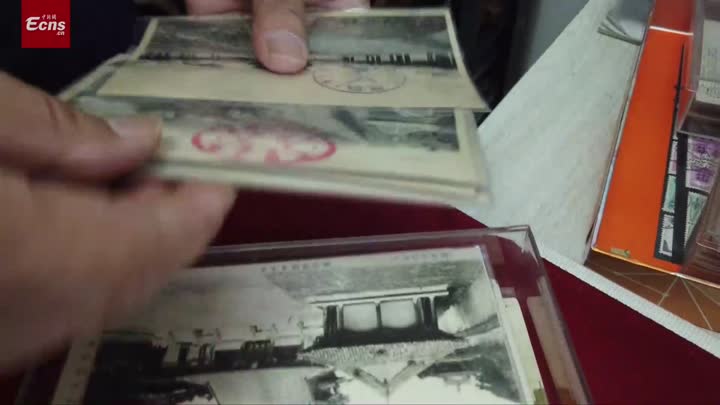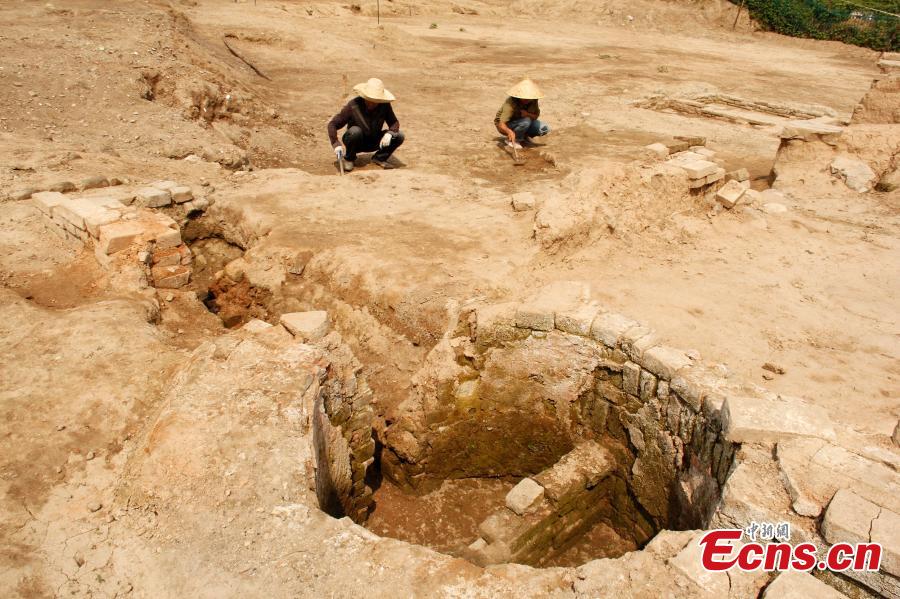
A view of an archaeological excavation at the ruins of a distillery that dates back to the Ming (1368-1644) and Qing (1644-1911) dynasties in Suixi County, Huaibei City, Anhui Province, Sep. 3, 2019. The largest remains of an ancient distillery to be found in China, the site was discovered last September during the renovation of a shantytown. Excavation work started in March and has uncovered a number of facilities used in the process of distilling as well as more than 600 relics including vases and bottles. (Photo: China News Service/Zhou Fangling)
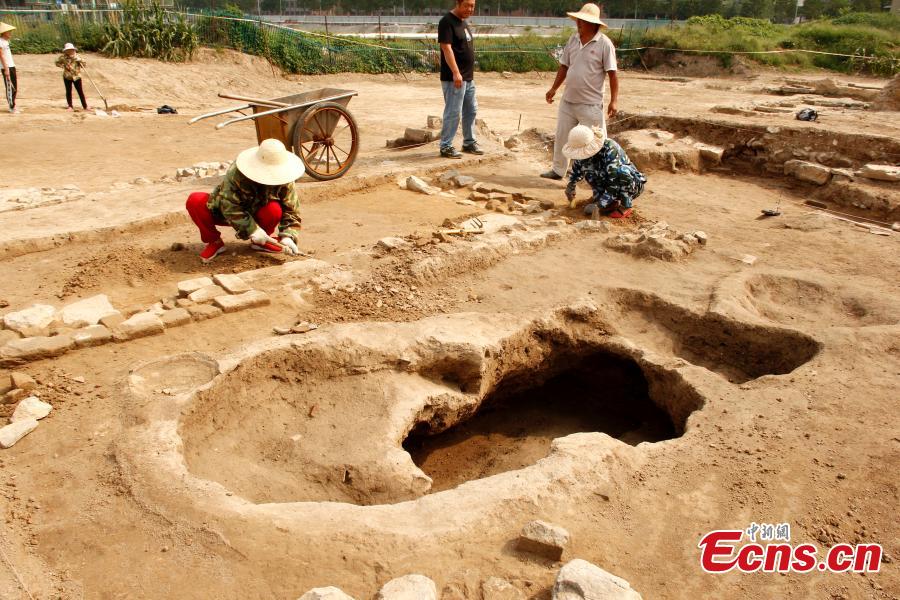
A view of an archaeological excavation at the ruins of a distillery that dates back to the Ming (1368-1644) and Qing (1644-1911) dynasties in Suixi County, Huaibei City, Anhui Province, Sep. 3, 2019. The largest remains of an ancient distillery to be found in China, the site was discovered last September during the renovation of a shantytown. Excavation work started in March and has uncovered a number of facilities used in the process of distilling as well as more than 600 relics including vases and bottles. (Photo: China News Service/Zhou Fangling)
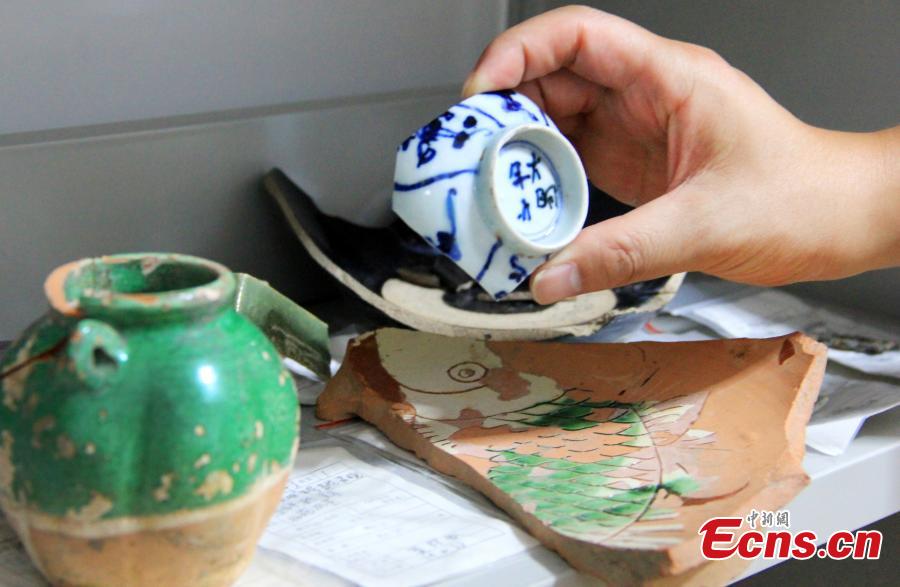
A relic found during an archaeological excavation at the ruins of a distillery that dates back to the Ming (1368-1644) and Qing (1644-1911) dynasties in Suixi County, Huaibei City, Anhui Province, Sep. 3, 2019. The largest remains of an ancient distillery to be found in China, the site was discovered last September during the renovation of a shantytown. Excavation work started in March and has uncovered a number of facilities used in the process of distilling as well as more than 600 relics including vases and bottles. (Photo: China News Service/Zhou Fangling)
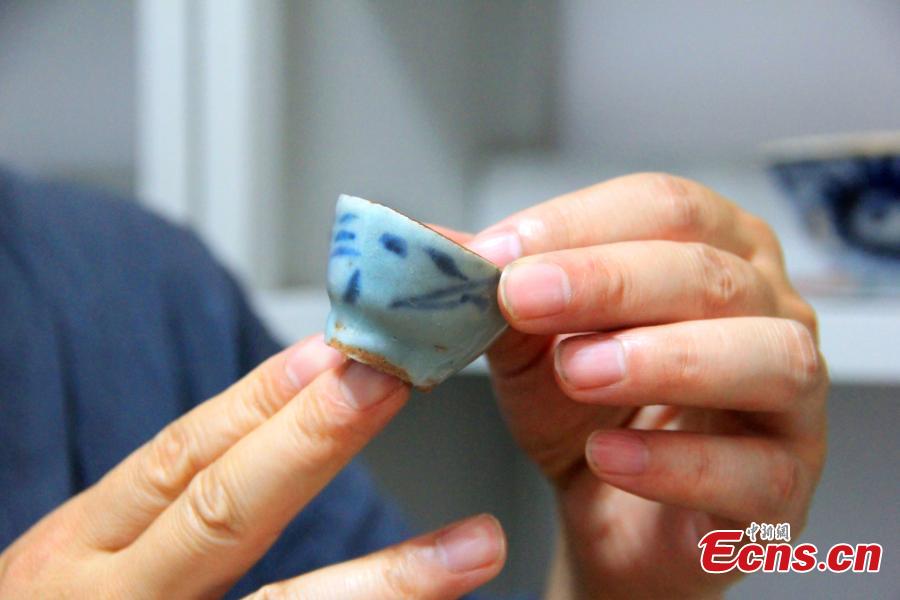
A relic found during an archaeological excavation at the ruins of a distillery that dates back to the Ming (1368-1644) and Qing (1644-1911) dynasties in Suixi County, Huaibei City, Anhui Province, Sep. 3, 2019. The largest remains of an ancient distillery to be found in China, the site was discovered last September during the renovation of a shantytown. Excavation work started in March and has uncovered a number of facilities used in the process of distilling as well as more than 600 relics including vases and bottles. (Photo: China News Service/Zhou Fangling)
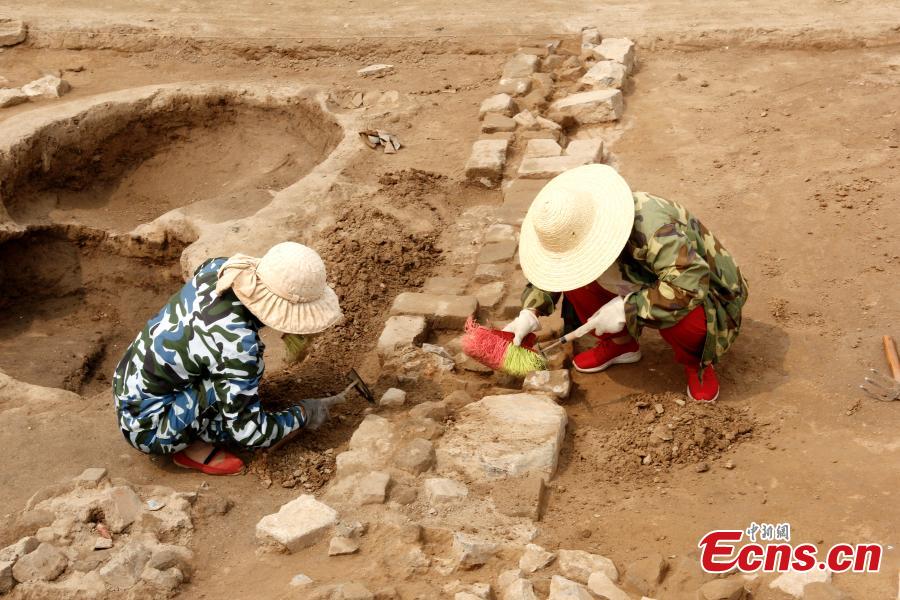
A view of an archaeological excavation at the ruins of a distillery that dates back to the Ming (1368-1644) and Qing (1644-1911) dynasties in Suixi County, Huaibei City, Anhui Province, Sep. 3, 2019. The largest remains of an ancient distillery to be found in China, the site was discovered last September during the renovation of a shantytown. Excavation work started in March and has uncovered a number of facilities used in the process of distilling as well as more than 600 relics including vases and bottles. (Photo: China News Service/Zhou Fangling)
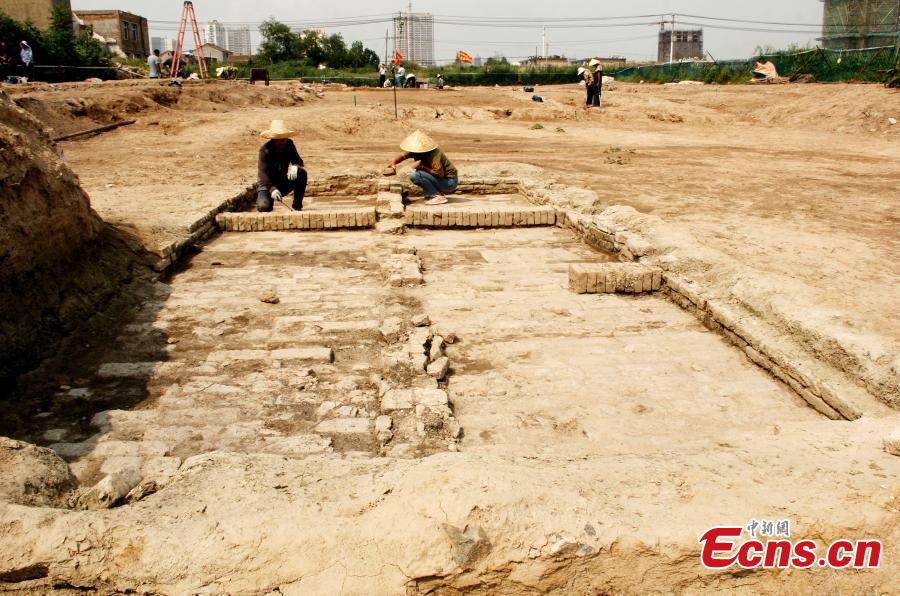
A view of an archaeological excavation at the ruins of a distillery that dates back to the Ming (1368-1644) and Qing (1644-1911) dynasties in Suixi County, Huaibei City, Anhui Province, Sep. 3, 2019. The largest remains of an ancient distillery to be found in China, the site was discovered last September during the renovation of a shantytown. Excavation work started in March and has uncovered a number of facilities used in the process of distilling as well as more than 600 relics including vases and bottles. (Photo: China News Service/Zhou Fangling)

















